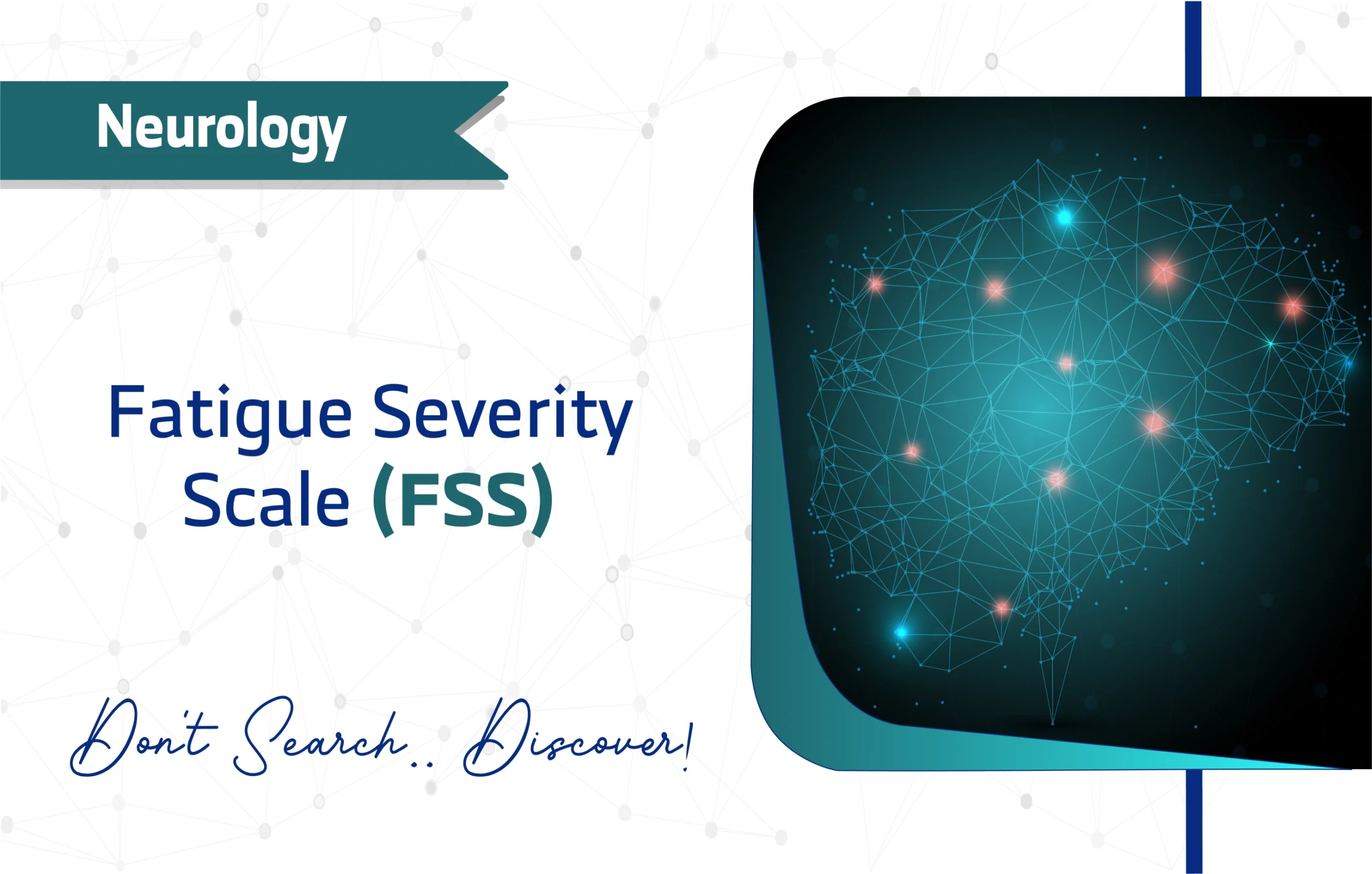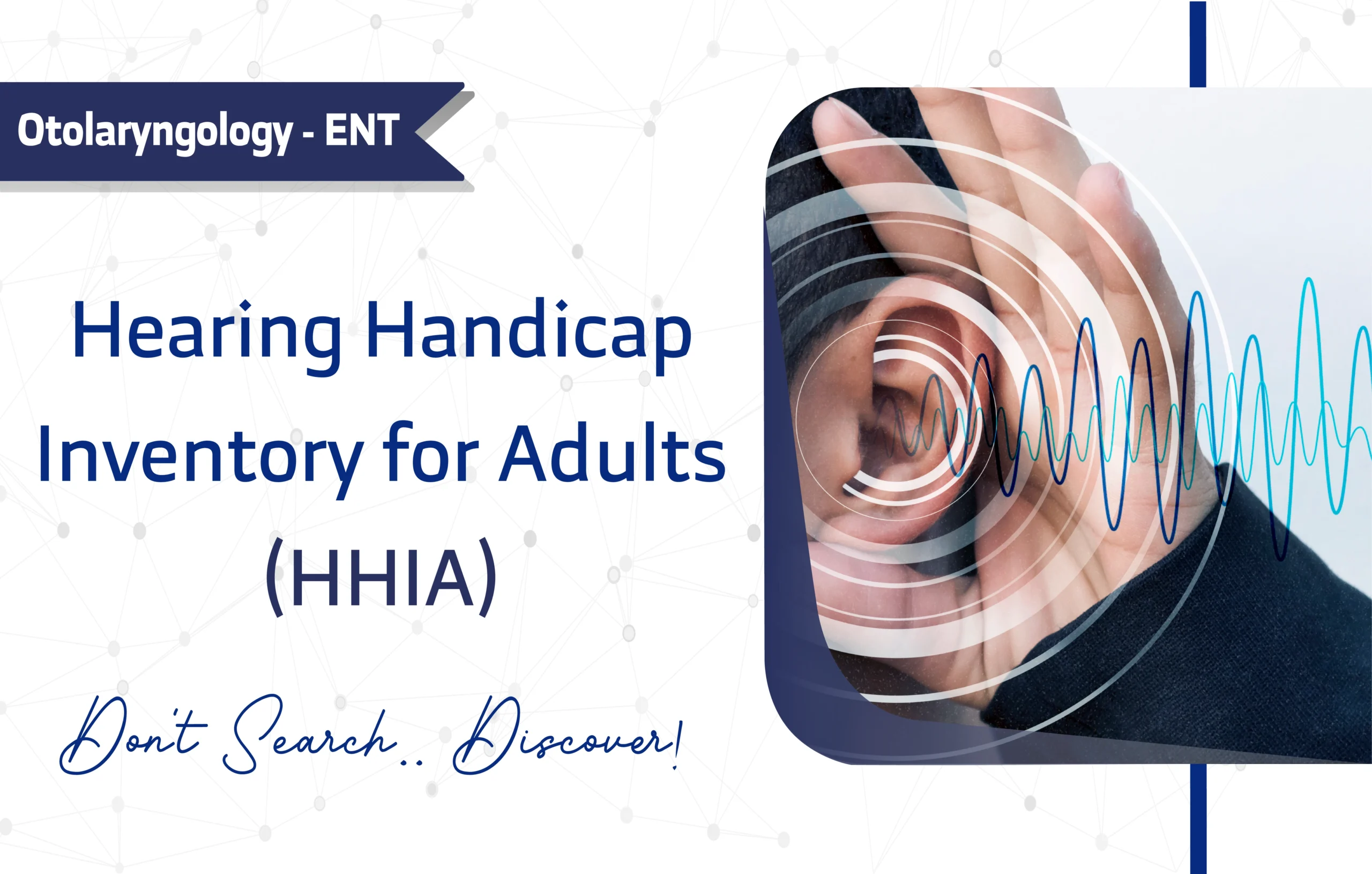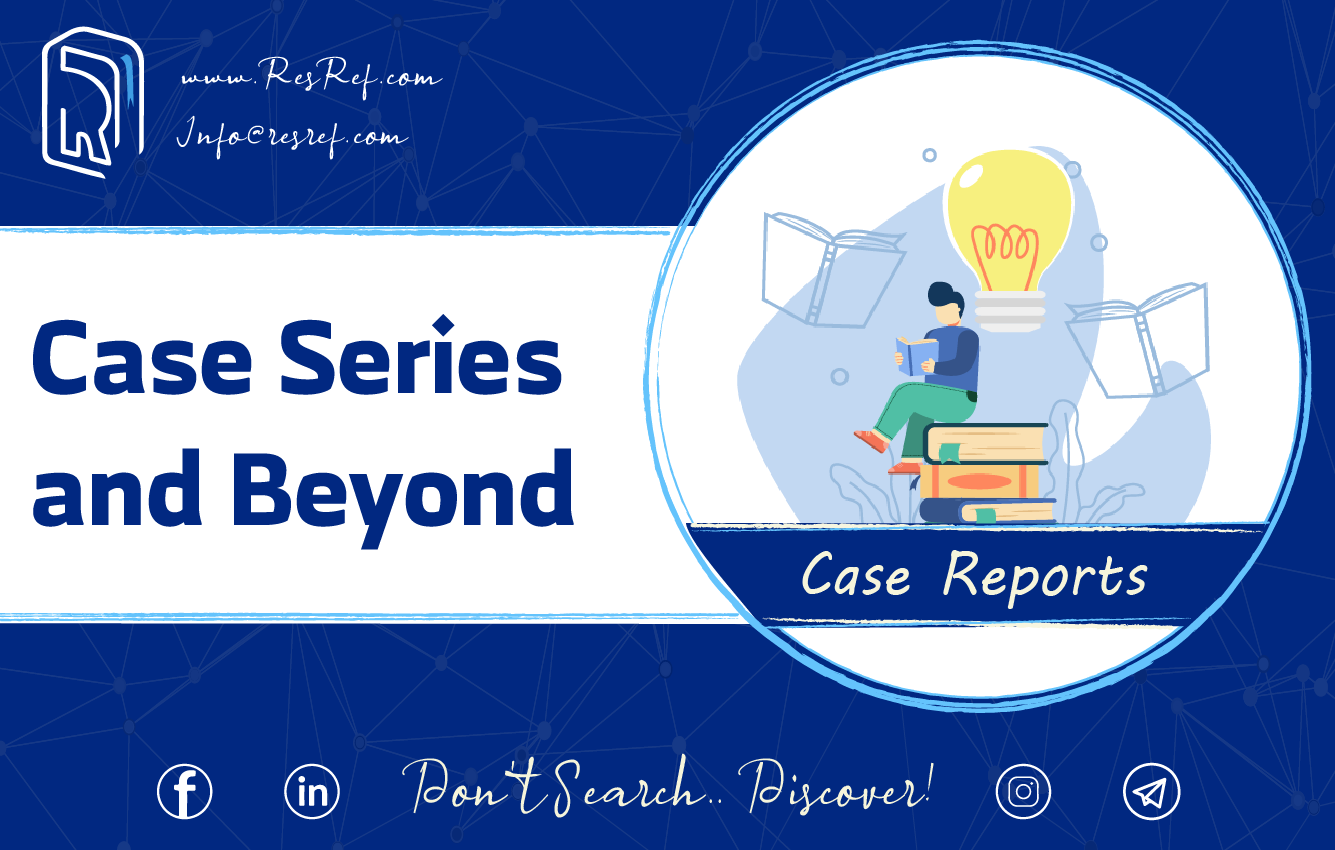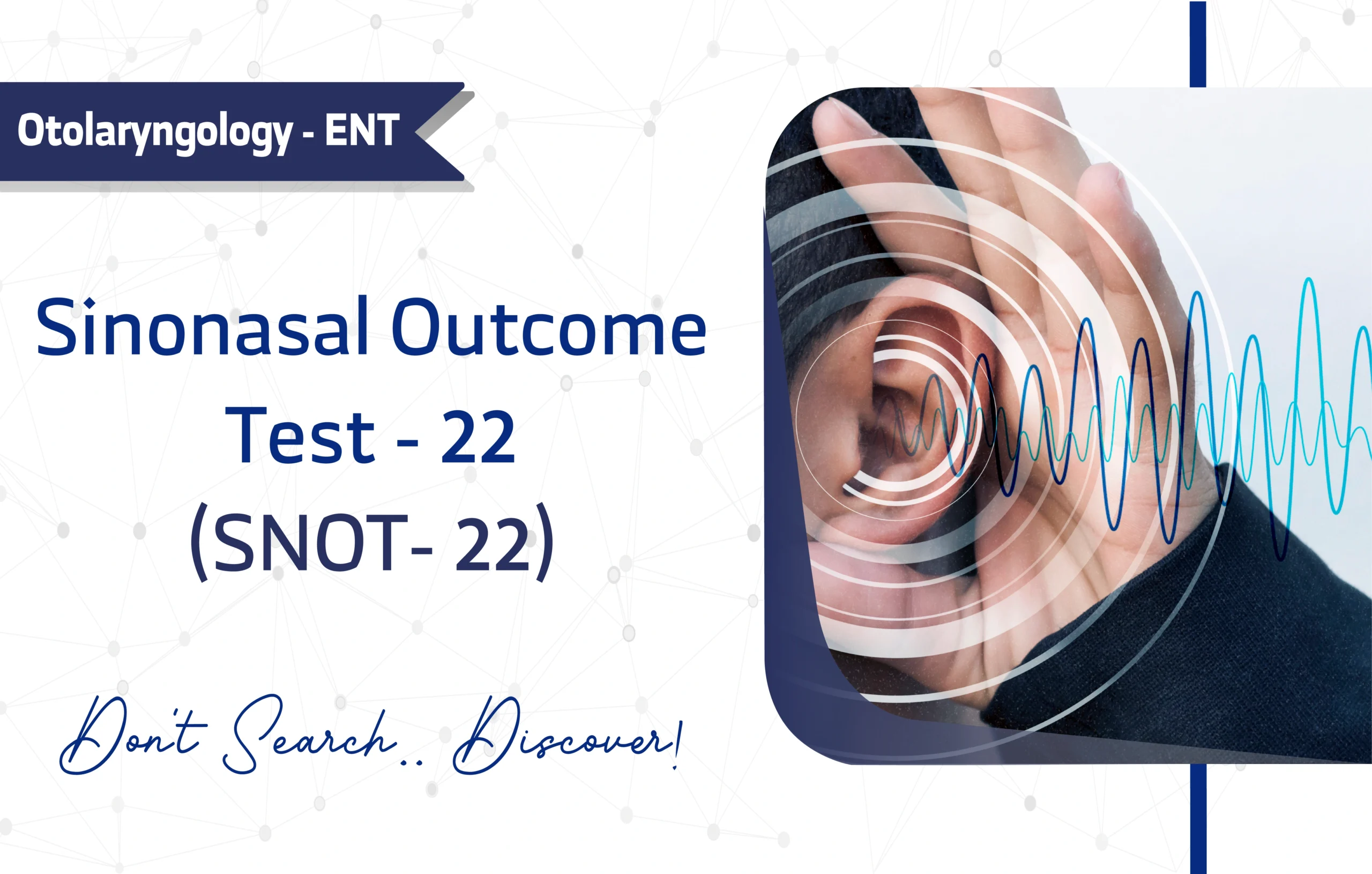Introduction
The Fatigue Severity Scale (FSS) was developed by Lauren B. Krupp, Nicholas G. LaRocca, Joseph Muir-Nash, and Alfred D. Steinberg. First published in 1989 in the Archives of Neurology, the FSS has since become a cornerstone in fatigue assessment. Indeed, its significance is underscored by over 7000 citations on Google Scholar, highlighting its widespread adoption and utility in both clinical and research settings. Consequently, professionals can leverage this tool to enhance patient care and advance research in conditions where fatigue is a prominent symptom.
This article offers an in-depth exploration of the FSS, providing researchers and clinicians with actionable insights into its structure, validation, applications, and overall value in understanding and managing fatigue.
Key Features of The Fatigue Severity Scale (FSS)
Purpose and Use
The primary purpose of the FSS is to measure the severity of fatigue and its effects on daily life, particularly for individuals with chronic conditions. For instance, clinicians utilize it to gauge fatigue levels in patients with multiple sclerosis (MS), systemic lupus erythematosus (SLE), and chronic fatigue syndrome (CFS). Furthermore, its application extends to other conditions like Parkinson’s disease and post-stroke fatigue. Researchers also frequently employ the FSS in clinical trials and epidemiological studies to track fatigue as an outcome measure.
Target Population
Developers validated the FSS for adults aged 18 and older. This includes:
Young Adults (18–24 years)
Middle-Aged Adults (25–44 years)
Older Adults (45–64 years)
Seniors (65+ years)
Specifically, it targets adults with chronic conditions where fatigue is a common symptom.
Structure
The FSS is a straightforward questionnaire comprising nine items. The main domain covered is Fatigue Assessment, which includes a subdomain that evaluates how fatigue interferes with:
Motivation
Exercise
Physical functioning
Daily responsibilities, including work and family life
Scoring Method
The FSS employs a 7-point Likert scale for each of its nine items, with responses ranging from 1 (strongly disagree) to 7 (strongly agree).
Clinicians derive the total score by summing the scores for each item. This results in a potential score range from 9 to 63. More commonly, they calculate the mean score of the 9 items instead.
Most studies and clinical interpretations use the mean score. Generally, a mean score of ≥ 4.0 is considered indicative of moderate to severe fatigue, which may warrant further evaluation or management. This clear cut-off helps in identifying clinically significant fatigue.
Administration Format
The FSS can be administered via:
Paper-based forms
Digital (online)
In-person interviews
Patients typically complete the questionnaire in less than 5 minutes, making it practical for busy environments.
Importantly, no special training is required for its administration or interpretation, as it is often self-administered.
Applications of The Fatigue Severity Scale (FSS)
The FSS serves several important functions in both clinical practice and research settings.
Screening: Clinicians can efficiently screen patients for the presence and severity of fatigue.
Monitoring: It proves valuable for monitoring changes in fatigue levels over time or in response to interventions.
Research: The FSS is extensively used in research to quantify fatigue and assess the efficacy of treatments aimed at alleviating fatigue.
Languages and Availability
To support its widespread international use, translators have adapted the FSS into numerous languages. These include:
Arabic
English
Spanish
French
German
Portuguese
Additional translations are also available to support its use in diverse clinical and research contexts.
The FSS is free to use and commonly used in academic research. However, it’s important to note that the FSS’s license type is considered proprietary.
Reliability and Validity
The FSS stands out as a highly reliable and valid instrument.
Studies consistently report Cronbach’s alpha values typically around 0.95. This high value demonstrates that the items collectively measure the same underlying construct effectively.
Researchers have validated the FSS across various patient populations, particularly those with chronic illnesses, thereby ensuring its psychometric soundness.
Limitations and Considerations
Despite its widespread use and numerous strengths, the FSS has a few limitations for users to consider:
Self-report measure: Patient responses may be influenced by personal interpretation or social desirability.
Social Desirability Bias: Some individuals might answer based on how they wish to be perceived rather than their true experience.
Cultural Bias: Although translated into many languages, nuances in cultural understanding of fatigue might affect responses.
Narrow Focus: While it effectively measures fatigue severity and impact, it may not capture all dimensions or qualitative aspects of fatigue.
Age Restrictions: The FSS is designed for adults (18+) and has not been validated for use in pediatric or adolescent populations.
Specificity to Certain Populations: Its performance may vary in patient groups not extensively studied.
Cut-off Score Variability: There isn’t a universally agreed-upon cut-off score to definitively differentiate between normal and pathological fatigue levels.
Other Versions and Related Questionnaires
It is useful for researchers to be aware of other versions of this scale, such as the FSS-5 (a shortened 5-item version) and other translated versions.
To provide a more comprehensive assessment of fatigue, the FSS is often used alongside other questionnaires like:
The Modified Fatigue Impact Scale (MFIS)
Multidimensional Fatigue Inventory (MFI)
Chalder Fatigue Scale
Additional Resources
For those looking to utilize or learn more about the FSS, the following resources are invaluable:
- The Original Validation Study. link
- You can access the questionnaire as a PDF through this link
- For inquiries, contact one of the original authors, Lauren B. Krupp, at: lauren.krupp@stonybrook.edu
Frequently Asked Questions (FAQ)
- Who can use the FSS?
Researchers, clinicians, and healthcare providers can use the FSS for adults aged 18 and older, particularly those with chronic conditions such as multiple sclerosis, systemic lupus erythematosus, chronic fatigue syndrome, Parkinson’s disease, and post-stroke fatigue. - How long does it take to complete the FSS?
Patients typically complete the FSS in less than 5 minutes. This brevity makes it highly suitable for busy clinical settings and for inclusion in larger research batteries. - How is the FSS administered?
Healthcare teams can administer the FSS using paper-based forms, digital online versions, or through in-person interviews, offering flexibility depending on the setting and patient needs. - Is there any cost to using the FSS?
The FSS is generally free to use, which contributes to its broad accessibility for clinical and academic research purposes.
A Word from ResRef about The Fatigue Severity Scale (FSS)
The Fatigue Severity Scale (FSS) is a concise, validated, and widely used self-report questionnaire designed to measure the severity of fatigue and its impact on daily functioning. It consists of 9 items rated on a 7-point Likert scale, with higher scores (typically ≥4) indicating clinically significant fatigue. Its widespread adoption underscores its reliability and relevance in both research and routine care for conditions characterized by fatigue.
References
- Krupp, L. B., LaRocca, N. G., Muir-Nash, J., & Steinberg, A. D. (1989). The fatigue severity scale. Application to patients with multiple sclerosis and systemic lupus erythematosus. Archives of Neurology, 46(10), 1121–1123. link









63 thoughts on “Fatigue Severity Scale (FSS): A Full Guide for Researchers and Clinicians”
Helpful information. Fortunate me I discovered your website by chance, and I am stunned why this accident did not took place earlier! I bookmarked it.
Hi to everybody, it’s my first visit of this webpage; this website includes remarkable and truly excellent material for readers.
These are in fact fantastic ideas in about blogging.
You have touched some pleasant points here. Any way keep up wrinting.
Is there a way I can transfer all my wordpress posts into
it? Any kind of help would be really appreciated in making my first research!
It’s a piuty you don’t have a donate button! I’d most certainly donate to this superb blog!
I suppose for now i’ll settle for bookmarking and adding your RSS feed to my Google account.
I look forward to brand new updates and will share this website with my Facebook
group. Talk soon!
Greetings from Ohio! I’m bored at work so
I decided to check out your website on my iphone during lunch break.
I enjoy the info you provide herde and can’t wait to take a look when I gett home.
I’m surprised at how quick youhr blog loaded
on my phone .. I’m not even using WIFI, jus 3G .. Anyhow, great site!
I always emailed this webpage post page to all mmy friends, because if lioke to rewd it next myy friends wioll too.
Thanks for every other excellent post. The place else may just anybody get that kind
of information in such an ideal manner of writing?
I have a presentation next week, and I’m at the lkok
for sufh information.
Hello there, You have done an incredible job.
I’ll cerfainly digg it and personally recommend to my friends.
I’m sure they will be benefited from this website.
Really when someone doesn’t understand after that its
up to other visitors that they will help, so here
it happens.
Hi mates, how is the whole thing, and what you want to say regarding this piece of writing, in my view its genuinely awesome in support of me.
In fact no matter if someone doesn’t know afterward its up to other visitors that they will help, so here it takes place.
It’s remarkable designed for me to have a website, which is good in favor of
my experience. thanks admin
This is very interesting, You’re a vewry skilled blogger.
I’ve joned your feed and look forward to seeking more of your great post.
Also, I’ve shared your site iin my social networks!
Simply desire to say your article is as astounding.
The clarity on your post is just excellent and that i could think you’re knowledgeable in this subject. Fine together with your permission allow mee to seize your feed to stay updated with forthcoming post. Thanks one million and please continue the gratifying work.
Every weekend i used to pay a quick visit this website, because i want education, for the reason that this this website conations really crucial articles for all researchers.
Awesome! Its truly awesome article, I have ggot much clear idea regarding from
this post.
You reported that fantastically!
Thanks for the great write-up. It was truly an enjoyable read. I look forward to more of your work in the future.
However, how can we communicate?
Does your site have a contact page? I’m having problems locating it but, I’d like to send you an e-mail.
I’ve got some recommendations for your blog .Either way, great blog and I look forward to seeing it grow over time.
Writing posts can be an exciting process; with the right knowledge, it becomes manageable, but without it, the task can feel quite challenging. So keep posting and sharing your work!
Maay I simply just say what a relief to discover a person that really knows what they’re discussing online.
You definitely understand how to bring a topic to light and make it important.
A lot more people need to read and understand this.
I was surprised you aren’t more popular because you certainly possess the gift.
Excellent post. I was checking constantly this blog annd I’m impressed!
Extremely helpful innfo specially the last
part 🙂 I care for such info much. I was looking for
this certain info for a very long time. Thaank you and best of luck.
Excellent post and excellent explanation!
Hello Dear, are you truly visiting this website on a regular basis, if so then you will absolutely get good knowledge.
Your explanation is detailed yet straightforward, which is rare to find. I feel much more confident about applying these ideas in my own research now.
Fantastic articles from you, man. You’re just extremely magnificent. I really like what you have got here, certainly like what you’re stating and the best way during which you say it. You are making it entertaining and you continue to take care of to keep it sensible. I cant wait to read far more from you. That is really a tremendous web site.
Hello to all, since I am in fact eager of reading this website’s post to be updazted daily.
It contains fastidious information.
This is a topic which is near to my heart… Cheers! Exactly where are your contacts details though?
Why visitors still use to read news papers when in this technological globe all is
accessible on net?
Thank you for taking the time to share such valuable content.
Hi there! Someone in my My space group shared this website with
us so I came to check it out. I’m definitely enjoying the information. I’m book-marking and will be tweeting
this to my followers! Excellent blog and fantastic
style and design.
Hi to every one, as I am truly eager of reading this web blog’s post to be updated regularly.
It contain fascinating material.
I’m not that much of a internet reader to be honest but your blogs really nice, keep it up!
I’ll goo ahead annd bookmark your website to come back down the road.
Many thanks
Nice post. I used to be hecking continuously this weblog and I amm inspired!
Very useful information specially the remaining phase
🙂 I deal with such information much. I was seeking this particular information for a very lejgthy time.
Thank you and good luck.
What’s up i’m new to this website, I stumbled upon thi I’ve found It absolutely helpful and it has
helped me out loads.
Great job ! how could i subscribe for a log site?
I had been a little bit familiar of this your broadcast offerred bright clear concept.
What you’re building here is more than just a blog—it’s a foundation for better, more accessible research. The academic world truly needs this.
It is important that the article candidly addresses the FSS’s limitations, such as the potential for cultural bias.
Everything is very open wth a very clar explanation of the issues.
It was truly informative. Your site is useful.
Thanks for sharing!
This study was executed with high professionalism and precision. The clarity of the data collection method makes it easy for other researchers to review. I commend the team for this meticulous effort.
Thanks for sharing your thoughts about the FSS.
Regards
You’re setting a new standard for how research education should look,clear, inclusive, and practical. The future of research feels brighter with platforms like this.
Please let me know if you’re looking for a author for your site.
You have some really good articles and I think I would be a good assist.
If you ever want to take some of the load off, I’d absolutely love to
write some content for your blog.
Please blast me an email if interested. Kudos!
so good information right here.
I’ve learned a few good stuff here. Certainly bookmarking for revisiting.
Im surprised how so much efforts you put to create this kind of great informative website.
I’ve understood your previous stuff and you are just extremely wonderful.
I actually like what you’ve acquired here, certainly like what you are stating and the way in which you say it. You make it enjoyable and you still care for to keep it sensible. I can’t wait to read far more from you. This is actually a tremendous site.
I particularly appreciate the clarity on the FSS’s practical utility as a quick, 5-minute administration tool that is efficient for busy clinical and research settings.
It’s a pity you don’t have a donate button! I’d certainly donate to this outstanding blog! I guess for now I’ll settle for bookmarking and adding your RSS feed to my Google account. I look forward to new updates and will share this website with my Facebook group. Chat soon!
The article effectively demonstrates the Fatigue Severity Scale’s excellent internal consistency and reliability, evidenced by its consistently high Cronbach’s alpha of around 0.95.
The scientific terminology was used with utmost precision and rigor in this article, which elevates its quality. I would like to see a concise section clarifying key terms for readers from other disciplines; this would enhance the reach of the research. It is a model to emulate in scientific writing
This article is going to save me a lot of research time. A fantastic and comprehensive summary. Bravo!
Why visiitors still use to read news papers when in this technological world everything is presented on the internet?
Hi, I do think this is a great website.
I stumbled upon it 😉 I am going to revisit it again since i have saved it as a favorite.
Great article.
simple, clear, and informative. I’ll be coming back for more posts like this.
It’s really a great and useful piece of info. I’m happy
that you just shared this helpful information with us. Please stay us informed like this.
Thank you for sharing.
I read this piece of writing completely about the comparison of newest and
previous technologies, it’s awesome article.
I got this website from my friend who shared it with me.
very informative articles.
Saved as a favorite, I really like your blog!
I am extremely impressed with your writing talents as well as the format of your website.
keep up with the nice high quality writing, it is rare to look at a nice website like this one these days..
The guide appropriately highlights the FSS’s value in standardizing fatigue measurement across numerous chronic conditions, confirming its status as a core outcome measure in research.
Cheers, I value it.
You have made your point!